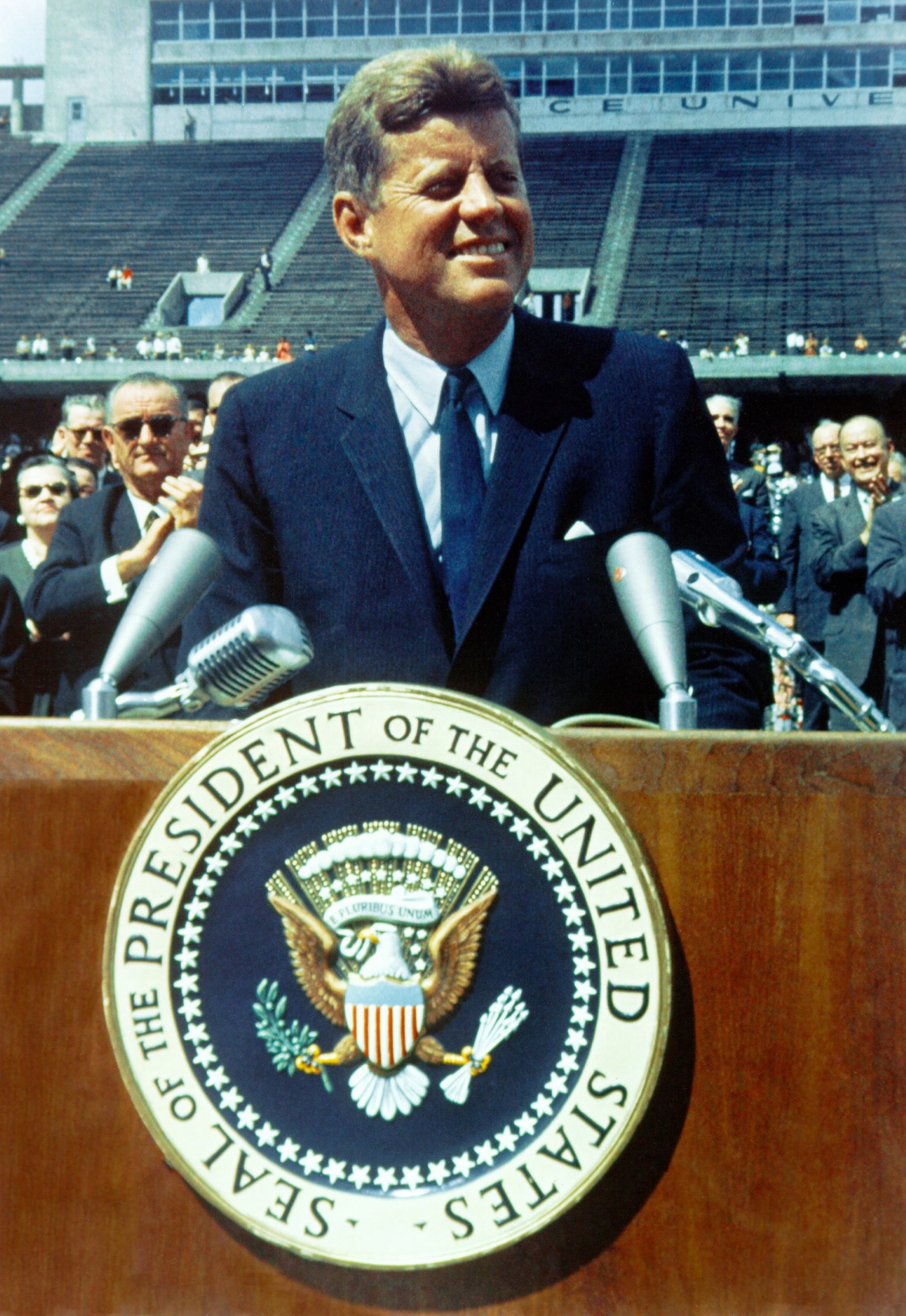Diversity and inclusion have become hot topics in recent years, with many organizations recognizing the benefits of having a diverse and inclusive workforce. Government agencies are no exception, and many have implemented initiatives aimed at breaking down barriers and promoting diversity and inclusion in the workplace.
One such agency is the United States Office of Personnel Management (OPM), which has a long history of promoting diversity and inclusion. In 2011, the OPM launched the Diversity and Inclusion Strategic Plan, which outlined specific goals and strategies for promoting diversity and inclusion in the federal workforce.
The plan includes initiatives such as increasing the diversity of the applicant pool for federal jobs, expanding diversity and inclusion training for managers and employees, and improving the collection and analysis of data on the diversity of the federal workforce.
The OPM’s efforts have been successful in increasing the diversity of the federal workforce. According to a report from the OPM, the percentage of women, African Americans, and Hispanics in the federal workforce has increased steadily over the past decade.
Other government agencies have also implemented initiatives aimed at promoting diversity and inclusion. The Department of Defense has launched a Diversity, Equity, and Inclusion Task Force, which is charged with identifying and addressing barriers to diversity and inclusion in the military.
The Department of Education has created a Diversity and Inclusion Strategy, which includes initiatives such as improving the recruitment and retention of diverse employees, providing training and resources for diversity and inclusion, and promoting diversity and inclusion in educational programs and policies.
Despite these efforts, there is still work to be done. A recent report from the Government Accountability Office found that many federal agencies have not fully implemented diversity and inclusion initiatives, and that some agencies lack the data needed to track progress and identify areas for improvement.
To address these challenges, government agencies must continue to prioritize diversity and inclusion and take concrete steps to promote it. This includes collecting and analyzing data on diversity in the workforce, expanding diversity and inclusion training, and creating initiatives aimed at breaking down barriers to diversity and inclusion.
In conclusion, government agencies are taking important steps to promote diversity and inclusion in the workforce, but there is still work to be done. By continuing to prioritize diversity and inclusion and taking concrete steps to promote it, government agencies can create a more diverse and inclusive workforce that benefits everyone.









